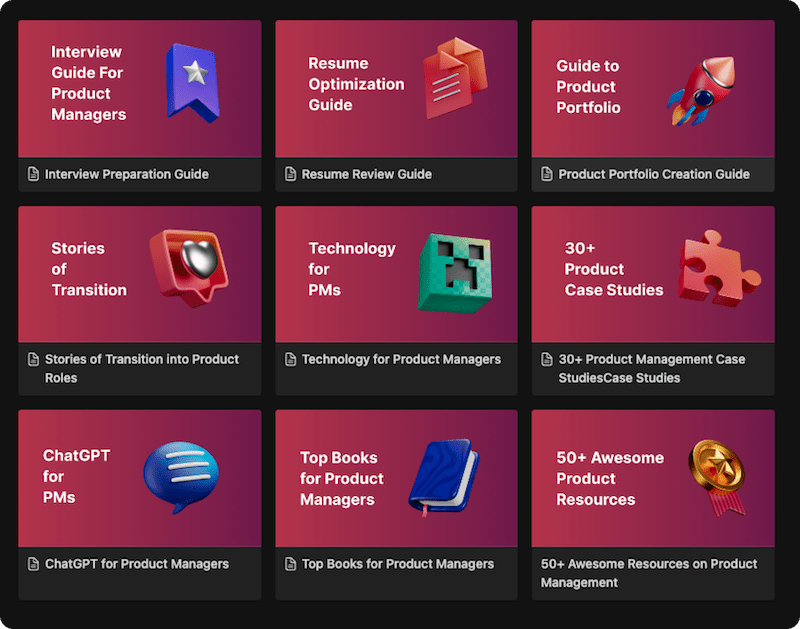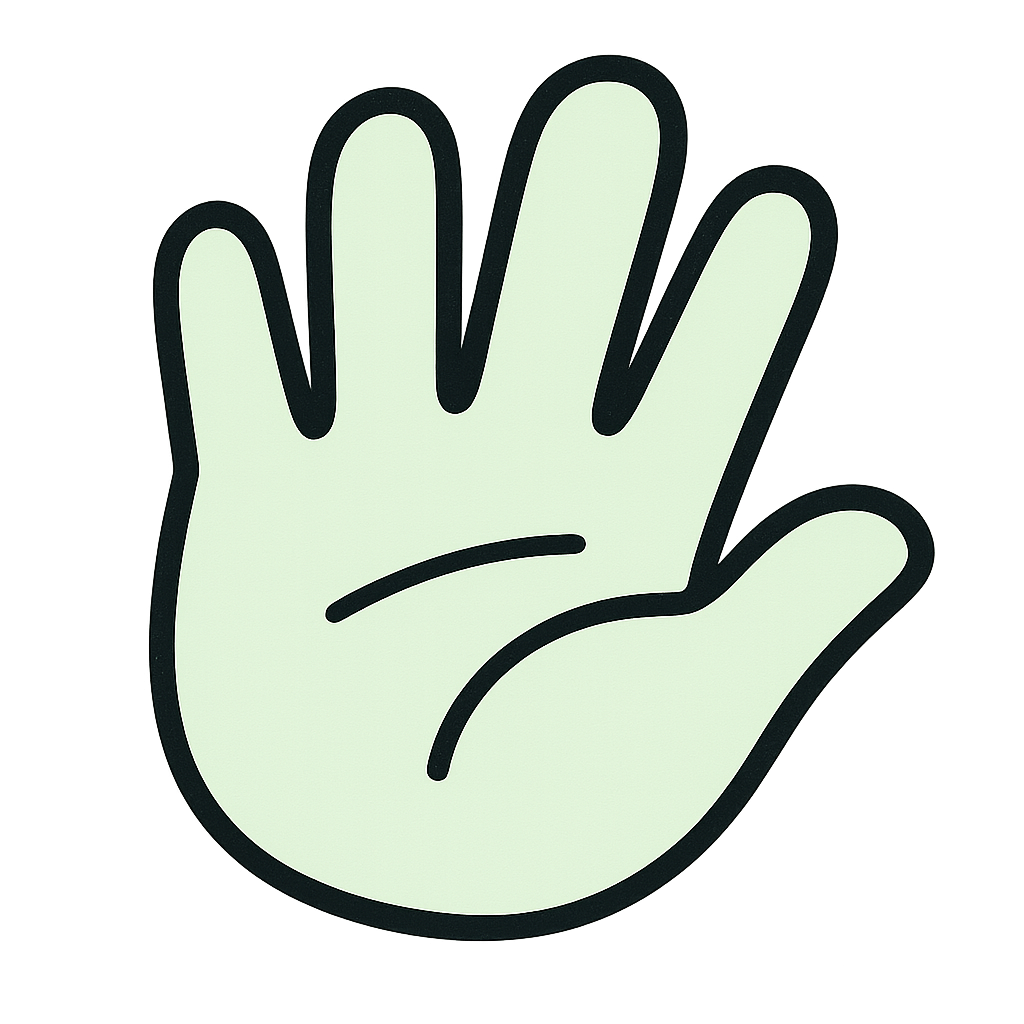You’ve spent weeks grinding through case studies. You can break down any “design an app for dog walkers” prompt, and your market sizing estimates are sharp. You feel prepared for the product sense and execution rounds. But then the interviewer leans back and asks a deceptively simple question: “Tell me about a time you had a major disagreement with your engineering lead.” Suddenly, your frameworks fade away. This isn’t about a hypothetical product; it’s about you. How you lead, how you collaborate, how you handle conflict. This is the domain of the PM Fit Question, and for many candidates, it’s the hurdle they never saw coming.
These questions are not a soft, conversational warm-up; they are often the most critical part of the entire interview loop. Companies hire people, not just skill sets. They want to know if you can thrive in their specific culture, on their team, with their challenges. This guide will demystify the PM fit interview. We’ll take you from a basic understanding of these questions to a pro-level ability to prepare, structure, and deliver compelling answers that prove you’re not just a great product manager, but the right product manager for the job.
The Evolution of the “Fit” Interview
The concept of assessing “fit” is not new, but its application in tech, particularly for product management, has become a rigorous discipline. The origin isn’t tied to a single inventor, but rather to the evolution of structured interviewing pioneered by companies like Google. They realized that technical skill alone was a poor predictor of success. For a role as cross-functional and influential as a Product Manager, the ability to collaborate, lead, and navigate complex social dynamics was paramount.
This led to the development of interview loops that systematically test for these behavioral traits. PM fit questions are the modern iteration of this, moving beyond generic “cultural fit” to assess for specific, role-critical competencies. As interview prep platforms like Exponent and The Product Folks have formalized PM interview coaching, the “PM Fit” interview has become recognized as a distinct and crucial round alongside “Product Sense” and “Execution.”
Why Companies Ask PM Fit Questions
From the interviewer’s perspective, these questions are a powerful tool for de-risking a hire. Here’s what they are trying to uncover:
- Predictive Performance: The best predictor of future behavior is past behavior. These questions reveal how you’ve actually handled real-world situations.
- Cultural & Team Alignment: Will your working style complement the team? If the company has a “disagree and commit” culture (like Amazon), they need to know you can handle healthy conflict.
- Leadership & Influence: As a PM, you lead without direct authority. They need to see evidence that you can rally a team around a vision.
- Self-Awareness & Growth Mindset: How do you talk about your failures and weaknesses? This reveals your capacity for learning and introspection.
- Passion & Motivation: Why this company? Why this product? Why product management? They are looking for genuine enthusiasm that will carry you through the tough days.
The Ultimate Weapon: How to Answer Any PM Fit Question with the STAR(R) Method
There is a gold-standard framework for answering any behavioral interview question: the STAR method. For extra impact, we’ll add a second “R” for Reflection.
- S – Situation: Briefly set the scene. What was the context? Who was involved? (15-20 seconds)
- T – Task: What was your specific responsibility or goal in this situation? (10-15 seconds)
- A – Action: This is the core of your story. What specific steps did you take? Use “I,” not “we.” Detail your thought process and actions clearly. (60-90 seconds)
- R – Result: What was the outcome? Quantify it whenever possible. What impact did your actions have on the product, the team, or the business? (20-30 seconds)
- R – Reflection: This is the pro-level addition. What did you learn from this experience? What would you do differently next time? This shows self-awareness and a growth mindset. (20-30 seconds)
Categorizing the Questions: Your PM Fit Question Study Guide
PM fit questions generally fall into several key categories. By preparing stories for each, you can be ready for almost anything.
### 1. Questions About Leadership & Influence
These questions test your ability to lead without authority and drive alignment.
- “Tell me about a time you had to influence a cross-functional team to adopt your vision.”
- “Describe a situation where you had to get buy-in from senior leadership for a controversial idea.”
- “How do you motivate a team that is feeling burnt out or has low morale?”
### 2. Questions About Teamwork & Collaboration
These questions assess how you work with your most important counterparts, especially engineering and design.
- “Tell me about your relationship with your engineering counterparts. How do you build trust?”
- “Describe a time you disagreed with a designer on a key UX decision. How did you resolve it?”
- “How do you ensure your team has the full context they need to do their best work?”
### 3. Questions About Handling Failure & Conflict
Everyone makes mistakes. These questions are designed to test your resilience, humility, and ability to learn.
- “Tell me about your biggest product failure. What did you learn from it?”
- “Describe a time a stakeholder was unhappy with your decision. How did you handle it?”
- “Tell me about a time you had to say ‘no’ to a feature request from an important stakeholder.”
### 4. Questions About Your Motivation & Passion
These questions seek to understand your “why.” Why are you here?
- “Why do you want to work at [Company Name]?”
- “What is your favorite product, and how would you improve it?”
- “Why product management?”
PM Fit Questions vs. Case Study Questions
It’s crucial to understand the difference between the two main types of PM interview rounds.
| Aspect | PM Fit Questions (Behavioral) | Case Study Questions (Product Sense/Execution) |
| Focus | Your past experiences and soft skills. The “How” and “Why”. | Your problem-solving skills and product knowledge. The “What”. |
| Typical Prompt | “Tell me about a time when…” | “Design a product for…” or “How would you improve…?” |
| What It Tests | Leadership, collaboration, communication, self-awareness, cultural fit. | Creativity, user empathy, strategic thinking, analytical skills, structured thinking. |
| Your Role | Storyteller, reflecting on real-world experiences. | Consultant, breaking down a hypothetical problem. |
| Preparation | Building a “story bank” using the STAR(R) method. | Practicing with product design and analysis frameworks. |
In short: Case studies test if you can do the job. Fit questions test how you would do the job within their team.
Common Mistakes to Avoid
- Not Using the STAR(R) Method: Rambling, unstructured answers are a major red flag.
- Using “We” Instead of “I”: The interviewer needs to know what your specific contribution was. It’s okay to give context about the team, but the “Action” part of your story must be about you.
- Not Answering the Real Question: When they ask about a failure, they don’t want to hear a disguised success story (“My biggest weakness is that I work too hard”). They want to see genuine self-reflection.
- Having No Questions for Them: The fit interview is a two-way street. Not having thoughtful questions for your interviewer suggests a lack of curiosity or genuine interest.
- Not Tailoring Your Answers: Research the company’s values (e.g., Amazon’s Leadership Principles or Asana’s Co-Creation values). Frame your stories to show how your experiences align with what they care about.
Conclusion
Mastering the technical craft of product management—the roadmapping, the prioritization, the data analysis is what gets you in the door. Mastering the PM fit interview is what gets you the job. These questions are your best opportunity to paint a vivid picture of who you are as a leader, a collaborator, and a problem-solver. They allow you to go beyond the bullet points on your resume and tell the compelling stories that demonstrate your value.
Don’t treat this part of the interview as an afterthought. Prepare with intention. Build your story bank, practice with the STAR(R) method, and do your research. Walk into that room ready to share not just what you’ve done, but how you did it and what you learned along the way. By mastering the art of the fit interview, you’re not just proving you can do the job; you’re proving you are the person they can’t afford to let go.
FAQ’s
PM fit questions are behavioral interview questions designed to see if a Product Manager candidate is a good fit for a company’s culture, team dynamics, and the specific demands of the role. They focus on past experiences to evaluate soft skills like leadership, collaboration, and handling conflict.
The best way to prepare is to create a “story bank.” Brainstorm 5-7 significant projects or situations from your past. For each one, outline the details using the STAR(R) method (Situation, Task, Action, Result, Reflection). This will give you a versatile set of stories you can adapt to answer a wide variety of questions.
Translate your experience. If you haven’t been a PM, draw from projects in school, previous jobs, or even volunteer work. The key is to showcase the skills of a PM. Talk about a time you led a group project (leadership), coordinated between different stakeholders (collaboration), or used data to make a decision (analytical skills).
Yes, absolutely! Interviewers expect it. A “failure” question is a test of your self-awareness, humility, and ability to learn. The key is to spend most of your answer focusing on the “Action” you took to mitigate the failure and the “Reflection” of what you learned from the experience.
Aim for about two to three minutes. This is long enough to provide sufficient detail using the STAR(R) framework but concise enough to hold the interviewer’s attention. Practice with a timer during your mock interviews.
Learn better with active recall quiz
How well do you know Mastering PM Fit Questions: Your Ultimate Guide to Acing the Interview Let’s find out with this quick quiz! (just 10 questions)


